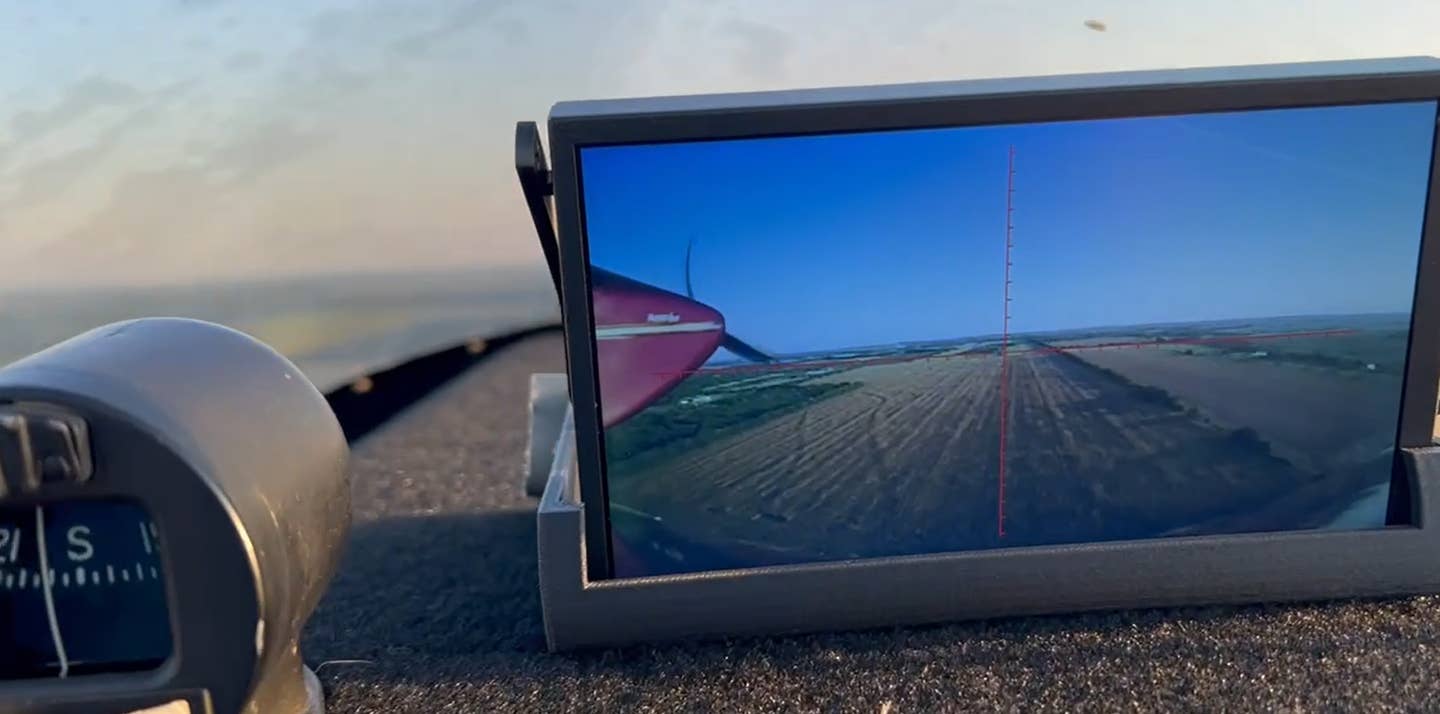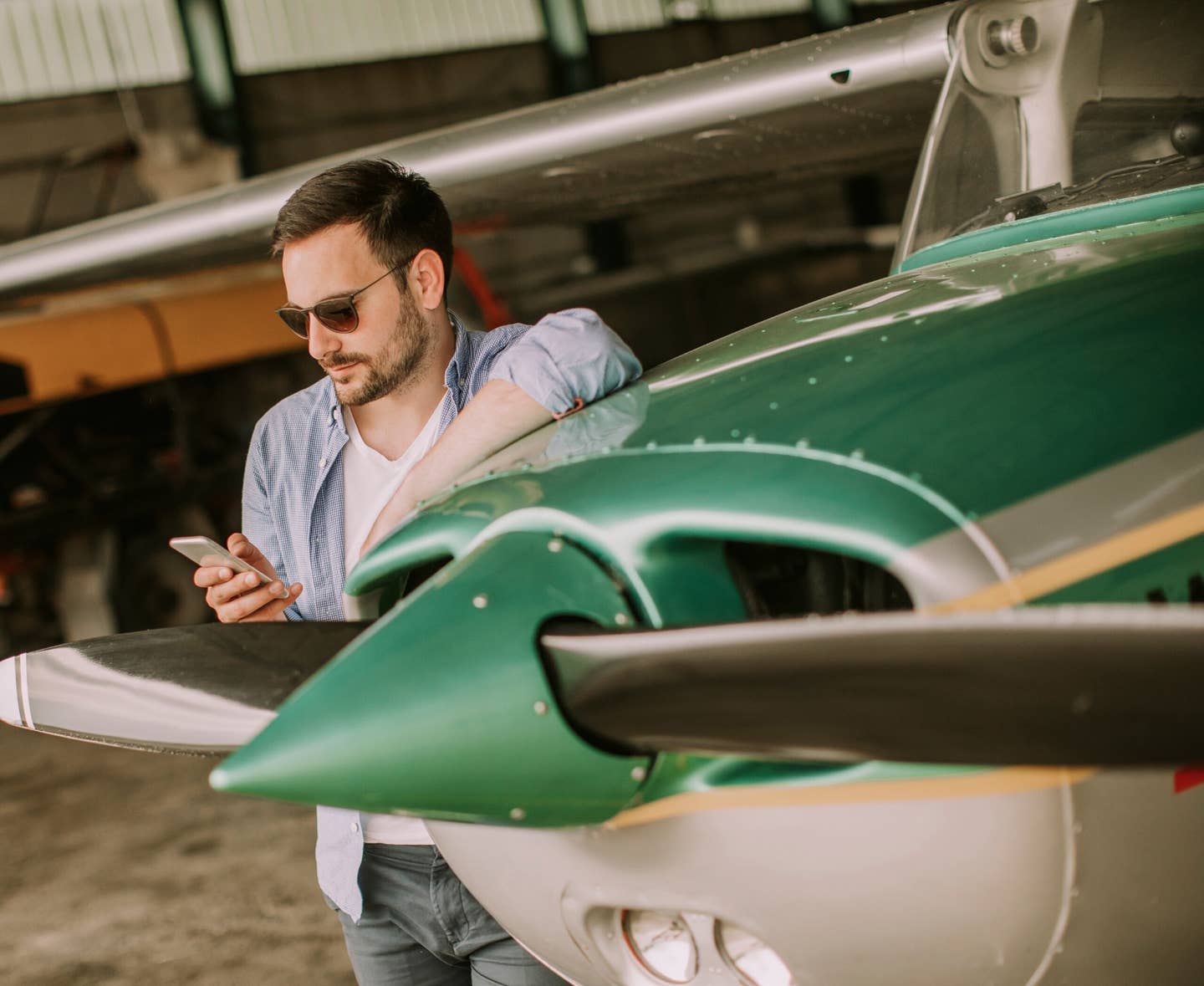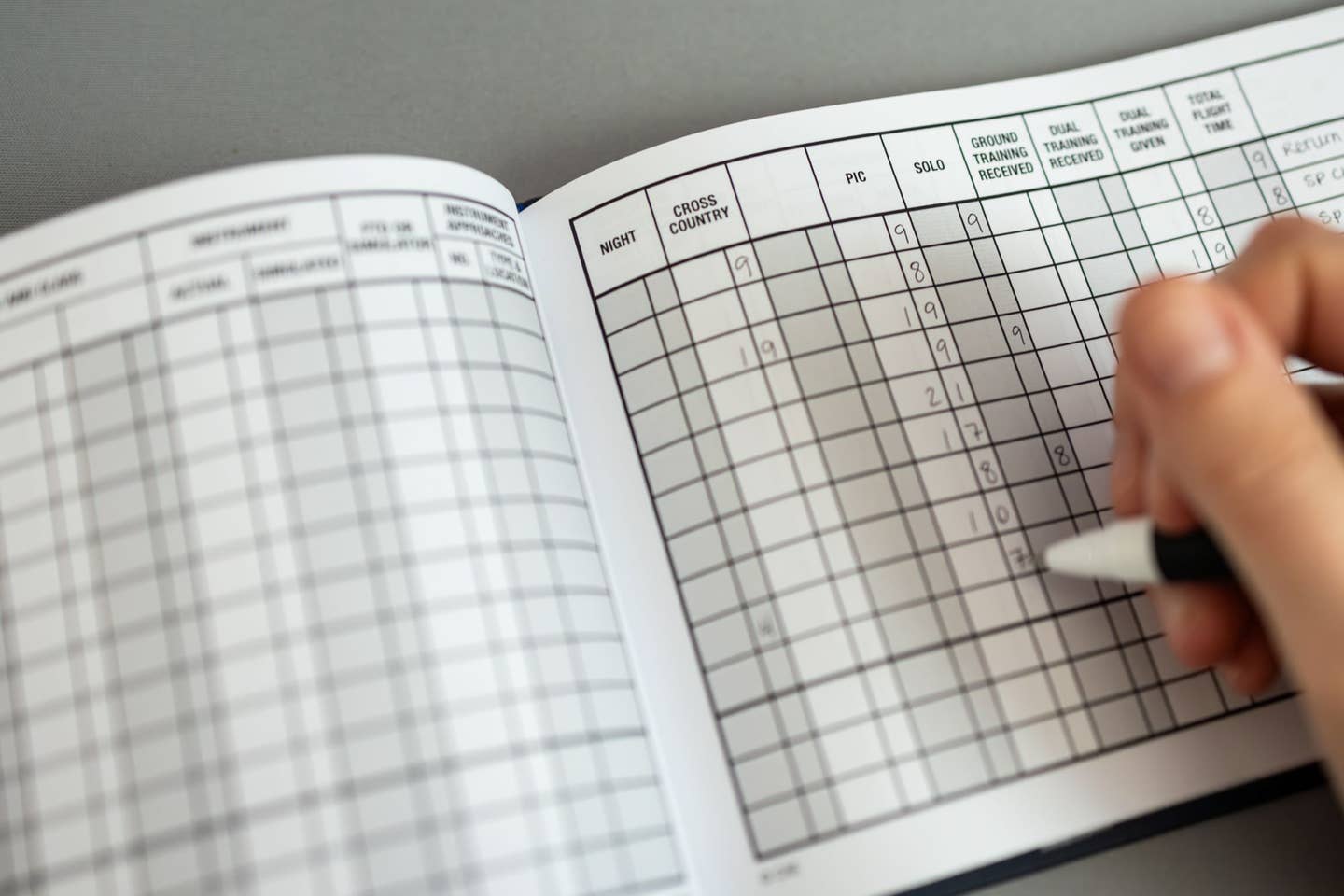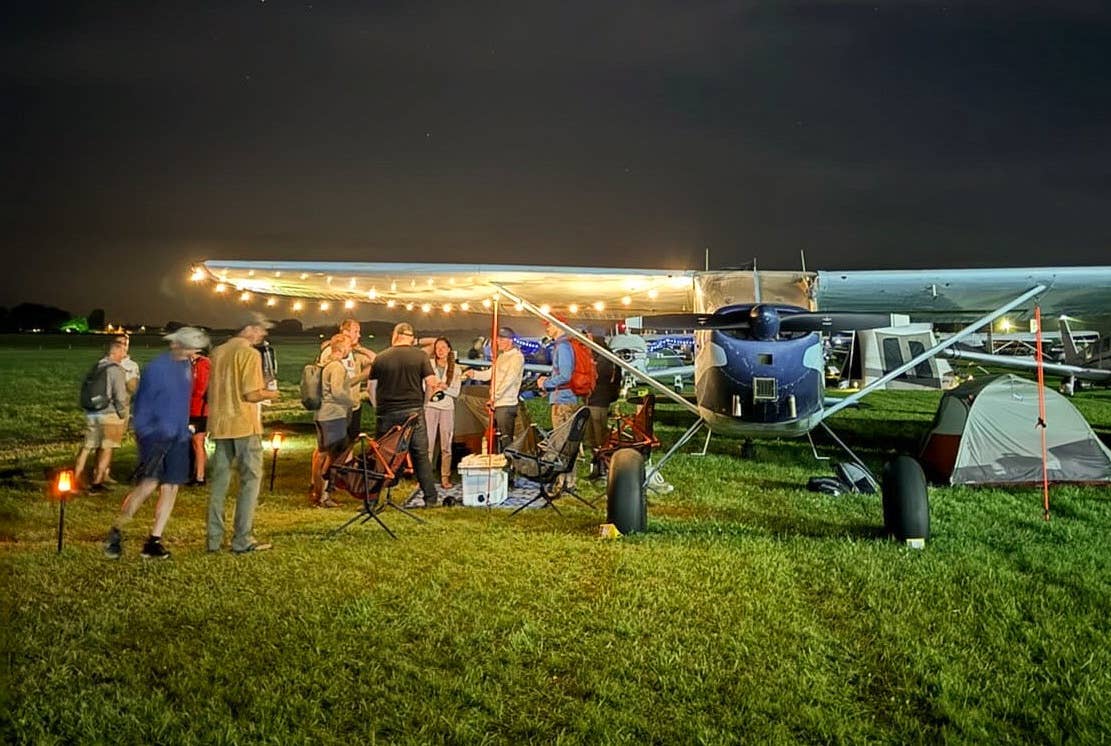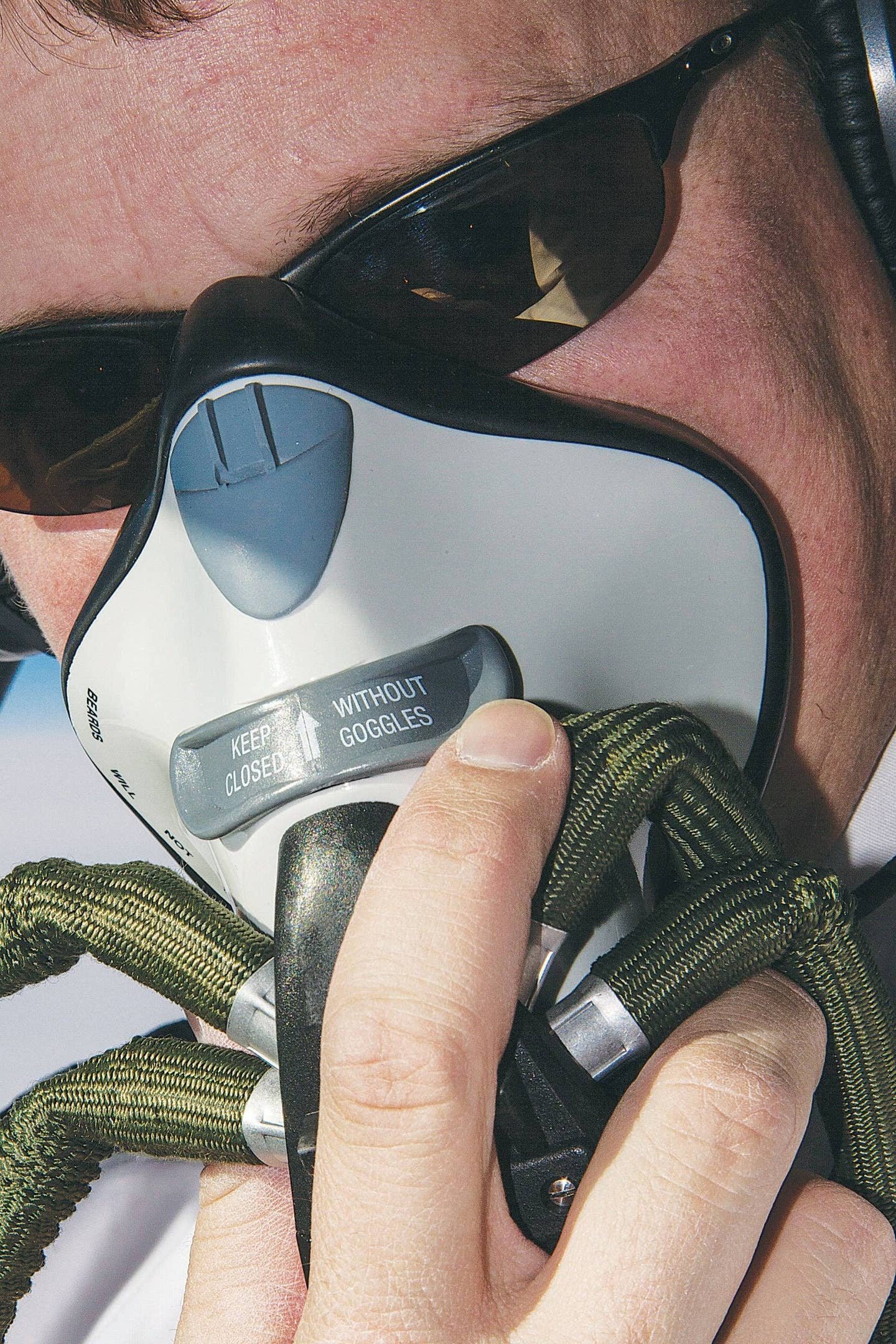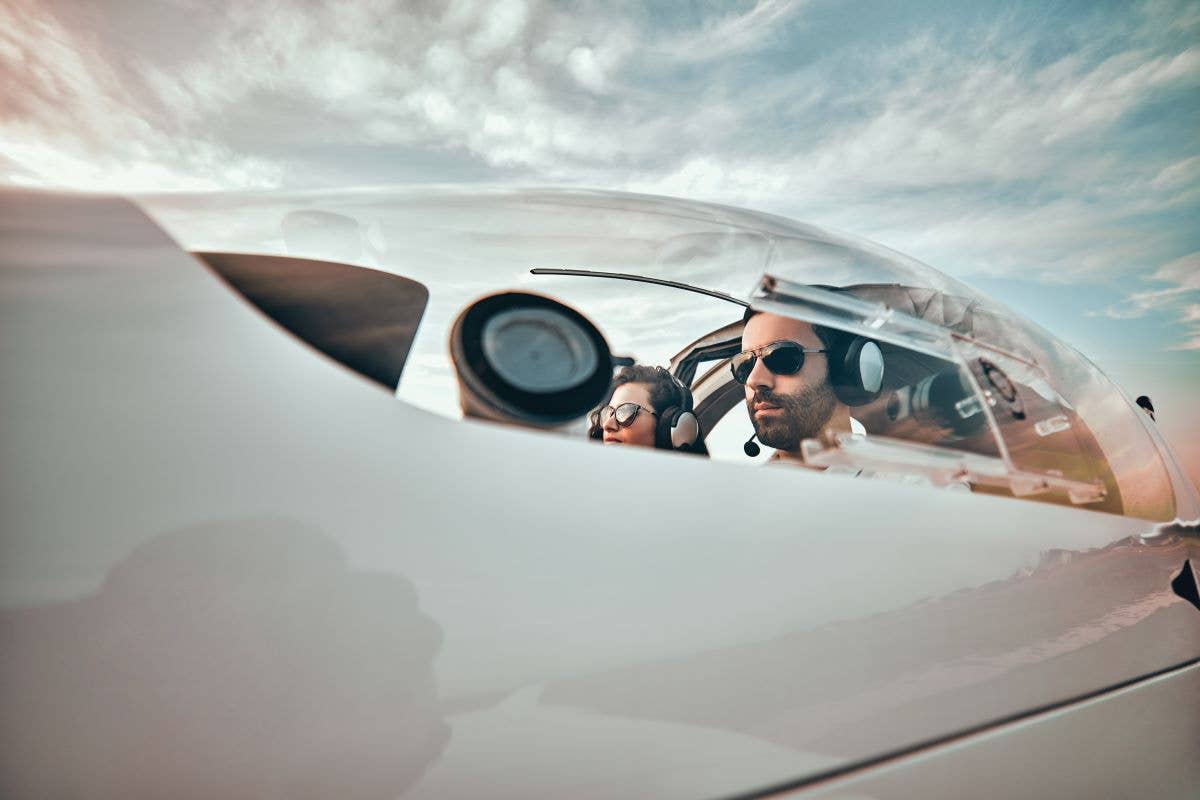
Most pilots are savvy enough to wear some sort of hearing protection every time they fly. [Credit: iStock]
One of the hazards of being a pilot is the potential for hearing loss. This goes back to the early days of aviation—Amelia Earhart is said to have commented on a temporary loss of hearing as a result of long flights behind a loud radial engine. Prolonged exposure to noise and vibration will take its toll.
These days, most pilots are savvy enough to wear some sort of hearing protection every time they fly, whether it be earplugs when they are in an open cockpit biplane that lacks an electrical system, or noise-canceling mega-buck headsets in a jet.
FLYING put a few of the more popular designs through our testing gauntlet.
David Clark DC Series
David Clark, the Worcester, Massachusetts-based company, has been manufacturing “head set communication systems for high-noise environments” since 1975.
As headsets for general aviation pilots became more popular in the 1980s, DCs were the ones that pretty much every pilot, from students to professionals, used. My first headset was a DC Pro 2 picked out by a test pilot co-worker of my dad’s at Lockheed Martin. Dad said, “If they were good enough for someone flying an F-whatever,” they were good enough for me. The headset is still available and described in many pilot supply catalogs as “best value” for both the fledgling aviator and the more established pilot, as it is available new for less than $350.
These days, David Clark has expanded its options. Some of the designs have passive noise attenuating and electronic noise canceling, some have active noise reduction (ANR). There are also units with articulating boom mics, and others with a one-piece wire style. There are headsets with different-sized and shaped earcups, and the price (between about $335 to $895) varies depending on additional features, including Bluetooth,among others.
I spent my first 4,000 hours under a DC headset. They were durable. I know I dropped mine a few times and had to replace several ear seals—the definition of excitement is when one of the gel seals fails during a cross-country flight and your flight instructor thinks your brains are leaking out.
David Clark also has an incredible service department. You can ship the headset to them, and if they can fix it, they will do so at a reasonable cost. If there are charges, they will call you for authorization before beginning the repair work. Some replacement parts, such as the gel ear seals and microphones, can be purchased and installed yourself. All David Clark headsets carry a five-year warranty.
Sigtronics S-20
The Sigtronics S-20 Headset is one of the most inexpensive headsets on the market, coming in at less than $200. This makes it popular as a first-time headset for the budget-conscious aviator and for flight school operators who have lost headsets to people who suffer from “asset confusion.”
The headset features a noise-canceling microphone with a foam windscreen attached to an articulating boom mic and foam ear seals. The model weighs 12.4 ounces and carries a three-year warranty.
For several years I kept one of these in my desk at the flight school as a backup to my DCs or for clients to use if they forgot their own.
Bose A30
There comes a time in every pilot’s life when they take a look at a Bose headset. Bose brought ANR technology to the masses more than a decade ago with a variety of headsets. The most popular among the general aviation crowd is the Bose A30 aviation headset. The model comes with or without the Bluetooth feature (for a difference of $100). The microphone is interchangeable to either side for ease of use. The A30 uses AA batteries and weighs only 12 ounces.
The Bose has a wide headband and is comfortable with or without a ballcap. The downside of the Bose A30 is the cost. Its $1,195 price tag makes it one of the more expensive headsets on the market, but pilots who own them swear by them. The Bose A30 carries a five-year warranty.
Lightspeed Delta Zulu
The first ANR headset I ever used was a Lightspeed Aviation design. It belonged to a client—he had two in his aircraft and insisted I use the other one. The first time I hit the power button and the engine noise went away was a life-changing event.
Lightspeed Aviation has recently introduced the Bluetooth-enabled Delta Zulu model that gives the pilot the ability to customize its auditory acuity with the help of an app, and also has a built-in carbon monoxide detector that provides an auditory warning if CO is present in the cockpit.
The app makes it possible for the headset user to fine-tune the device to meet their hearing needs, which can be very useful if the wearer has differentiated hearing loss in one or both ears. The app also enables the user to record radio conversations, play back transmissions, draw diagrams, and archive flight recordings for post-flight briefing using a smartphone or other mobile device.
The Delta Zulu also features Bluetooth wireless technology with A2DP technology-enabled cell phone communications and stereo music streaming, alongwith alerts from aviation apps. ComPriority automatically lowers the volume of any auxiliary device when there is a radio or intercom transmission.
The headset has an Ultra Accessory Connection (UAC) plug, allowing the user to connect to other devices directly from the headset for charging, data communications, and auxiliary audio. The Delta Zulu carries a price tag of $1,099 and comes with a 60-day money-back guarantee and seven-year warranty.
Clarity Aloft Stereo Aviation Pro Plus
For the pilot who flies an aircraft with limited headroom, the Clarity Aloft Stereo Pro Plus is a TSO-certified, in-ear headset that does not need batteries. Instead of having a headband over your head, the wire band goes behind your head, sort of like wearing a pair of sunglasses backward.
The earpieces are composed of soft viscoelastic foam capable of 35 to 45 dB spectrum noise reduction. The headband is similar to those worn by stage performers and is so light, you might even forget you're wearing it. The Clarity Aloft model doesn’t require batteries and the foam ear pieces can be easily replaced. They are about as custom fitted as you can get because they sit directly in the ear canal.
You'll find the Clarity Aloft Stereo Pro Plus is priced at $725 and comes with a three-year warranty. Extra ear pieces run about $25.
This article was originally published in the February 2023 Issue 934 of FLYING.

Sign-up for newsletters & special offers!
Get the latest FLYING stories & special offers delivered directly to your inbox

